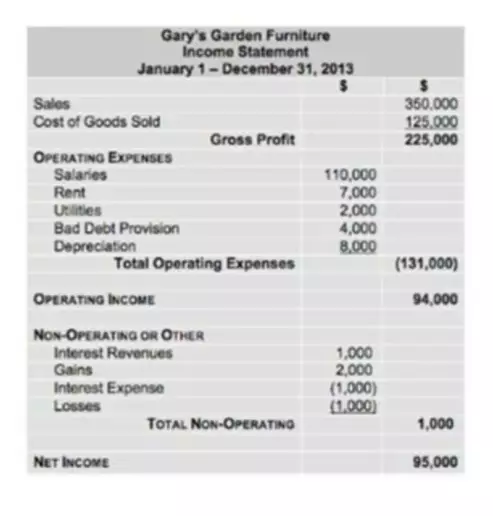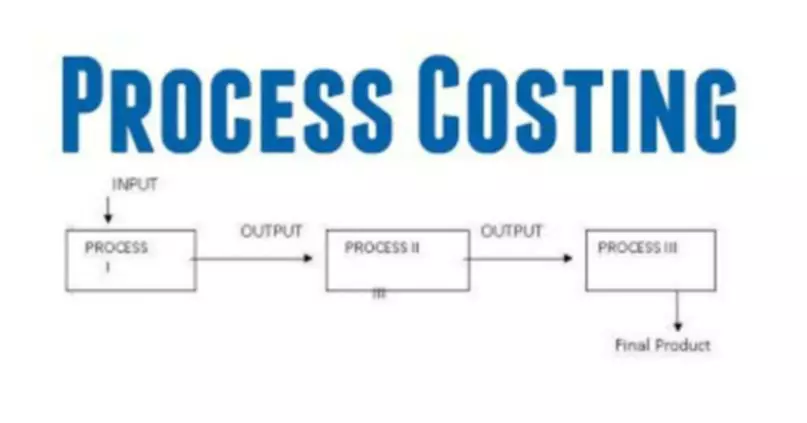Content

Learn what you can do to maximize your profits by minimizing your taxes. The statements and opinions are the expression of the author, not LegalZoom, and have https://www.bookstime.com/ not been evaluated by LegalZoom for accuracy, completeness, or changes in the law. Form your business with LegalZoom to access LegalZoom Tax services.
- Production Costs means those costs and expenditures incurred in carrying out Production Operations as classified and defined in Section 2 of the Accounting Procedure and allowed to be recovered in terms of Section 3 thereof.
- She is an expert in personal finance and taxes, and earned her Master of Science in Accounting at University of Central Florida.
- Three, it can cut operating expenses (SG&A), which almost always means reducing the headcount.
- SG&A costs are typically reduced after a company merger or acquisition makes it possible to reduce redundancies.
- Its value indicates how much of an asset’s worth has been utilized.
- To construct the conversion ratio, the controller added up the company’s direct factory labor and overhead and divided it into the total SG&A expense.
This is most often the cost of renting an office or headquarter space but may encompass other items necessary for rent not related to the manufacturing process. This can be any form, and a company can choose to further refine the way it accounts for advertising by using many different general ledger codes. SG&A plays a key role in a company’s profitability and the calculation of its break-even point. SG&A is also one of the first places managers look to when reducing redundancies after mergers or acquisitions. That makes it an easy target for a management team looking to quickly boost profits.
Administrative Expenses, Operating Expense, and SG&A
The SG&A ratio measures what percentage of each dollar earned by a company is impacted by SG&A. In this section, we’ll provide examples of the most common SG&A expenses. Note that the calculation excludes interest expense since interest is reported as a “non-operating” expense (i.e. non-core). Brainyard delivers data-driven insights and expert advice to help businesses discover, interpret and act on emerging opportunities and trends. Also, research and development costs are not included in SG&A.
- Fixed CostsFixed Cost refers to the cost or expense that is not affected by any decrease or increase in the number of units produced or sold over a short-term horizon.
- SG&A expenses include most expenses related to running a business outside of COGS.
- While all business owners need to properly track and account for their expenses, chances are that all the information you need can be found on financial statements such as your income statement.
- We think it’s valuable to scrutinize your profit and loss statements to make sure everyone’s on the same page and nothing is able to hide.
- Selling, general and administrative — or SG&A — expenses are the costs a business incurs to support production and manufacturing.
Since SG&A expenses are the cost of doing business, plan your budget accordingly to continue to meet your business goals. If you don’t know where you’re spending money, you can’t make strategic business decisions. He explained that although month-to-month variation in profitability would still occur, the profit figures for combs would be more accurate and stable using the new, more realistic SG&A percentage figure. The Ascent is a Motley Fool service that rates and reviews essential products for your everyday money matters. Mary Girsch-Bock is the expert on accounting software and payroll software for The Ascent.
Expert-picked business credit cards with rich rewards and perks
If you’re trying to get a better handle on your business finances, Bench can help. Get your employees to use a dedicated receipt app to scan and keep track of all receipts.
SG&A Costsmeans all costs for commercial management, general and administrative services for the Issuer, the Rigco, the Modular Holdco and the Parent, in no event exceeding USD 3,000 per day. Depending on how your financial books are configured, SG&A may be broken down into subcategories (e.g., rent, utilities) to show what comprises the sum of your SG&A expenses. Monitoring your company’s SG&A can show you where you need to cut costs.
What Is a Good SG&A?
Two, it can figure out how to lower production costs and run more efficiently. Three, it can cut operating expenses (SG&A), which almost always means reducing the headcount. That’s why so many CEOs taking over troubled companies start by cutting the payroll in the overhead expense areas. SG&A includes most other costs related to running a business aside from COGS. These costs are not related to specific products, so they are categorized separately from the cost of goods sold on the income statement. SG&A expenses are sometimes referred to as period costs since they relate to the time period in which they are incurred, and they do not relate directly to production.
- On the other hand, your business’s general and administrative expenses include day-to-day costs (e.g., rent, utilities, etc.).
- SG&A costs are typically the second expense category recorded on an income statement after COGS, like on this simple income statement for XYZ Soaps Inc.
- It therefore has higher selling costs on its income sheet, but it also has higher sales.
- Operating Income Before Depreciation and Amortization shows a company’s profitability in its core business operations.
- SG&A expenses are mostly comprised of costs that are considered part of general company overhead, since they cannot be traced to the sale of specific products.
If SG&A is a consolidated, one-line item, the analyst must use discretion to select one of these methods to account for all the various expenses baked into that one line item. Harold Averkamp has worked as a university accounting instructor, accountant, and consultant for more than 25 years. He sg&a is the sole author of all the materials on AccountingCoach.com. Generally speaking, the lower the SG&A ratio, the better – but the average benchmark varies significantly based on industry. For example, let’s say that we have a company with $6 million in SG&A and $24 million in total revenue.
It therefore has higher selling costs on its income sheet, but it also has higher sales. The profitability therefore increases as well, ofsetting those higher costs. In contrast, the cost of goods sold is the actual cost incurred to produce and deliver a product. It ranges from the raw materials to make the product, to the shipping costs and taxes required to get it to the buyer. Once she calculates the SG & A beforedepreciation, she deducts the depreciation of the office building, the depreciation of the office equipment, and the depreciation of the vehicles. The net $356,550 is the amount that will be reported on the income statement. Bench gives you a dedicated bookkeeper supported by a team of knowledgeable small business experts.
They work with our client research team to get the answers you need to make informed decisions for your business strategy. SG&A costs are typically the second expense category recorded on an income statement after COGS, like on this simple income statement for XYZ Soaps Inc. For example, when a unit is sold, there may be packaging and shipping costs and sales commission payable to the salesperson.
Firms with highly variable cost structures are said to have low operating leverage. They might have more competition, but they can more easily survive painful declines in revenue and cash flow. The business doesn’t have to cover a fixed expense load each month. For example, manufacturers range anywhere from 10% to 25% of sales, while in health care it isn’t unusual for SG&A costs to approach 50% of sales.
Sometimes, SG&A will be a section, with items broken out in individual lines. If this is the case, then different line items will have differing forecast methods. For example, rent most likely will be a fixed dollar value every period.
Stay up to date on the latest accounting tips and training
Operating expenses, or OPEX for short, are the costs involved in running the day-to-day operations of a company; they typically make up the majority of a company’s expenses. SG&A expenses are incurred in day-to-day business operations and may be required as part of operating any type of business.

